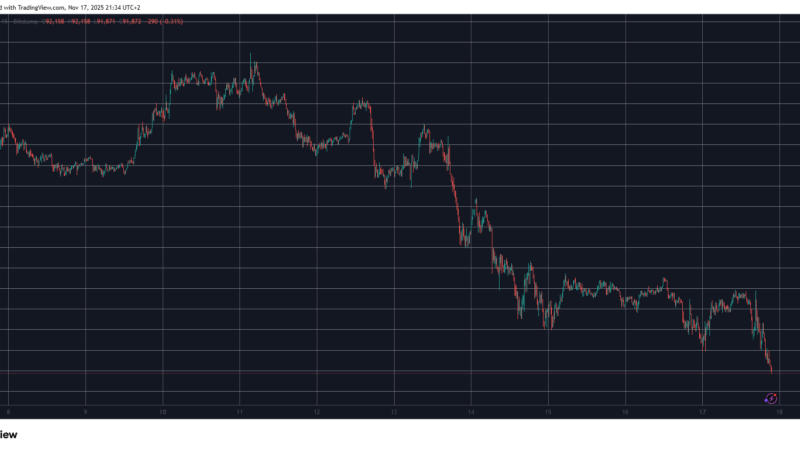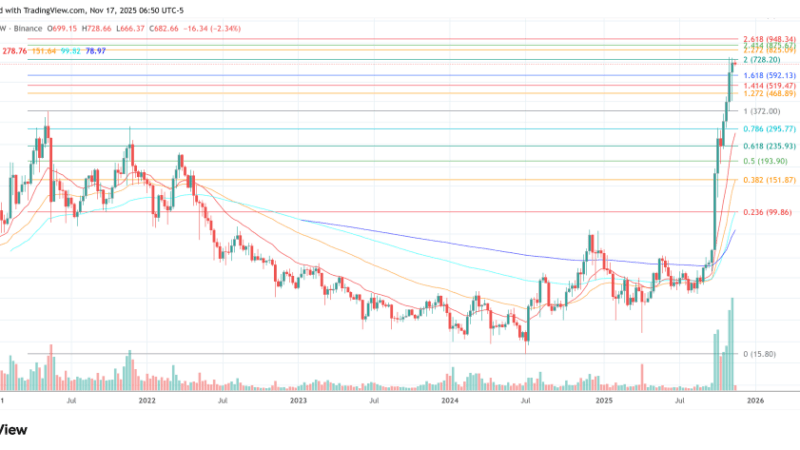Important Ripple (XRP) Clarification by CTO: Here’s What You Need to Know
Ripple’s Chief Technology Officer, David Schwartz, will be attending the Permissionless conference later in October in Salt Lake City. Interestingly enough, when he tweeted about his appearance and participation, this triggered a discussion revolving around the specifics behind perimissioned, semi-permissioned, or trusted networks or, at the very least, their categorization as such.
The digital asset researcher going by the X username Anders brought up a question to Schwartz, asking:
“What’s your thoughts on XRPL being described as “permissioned,” “semi-permissioned,” or “trusted” in a lot of documents from various organizations?
In essence, the term “permissioned” when used to describe a blockchain, implies a level of centralization, allowing an entity to make decisions and impact the network without going through a majority consensus.
Schwartz replied, saying that arguments of the kind are “nonsense.”
I think it’s nonsense. A lot of things about blockchains really matter, but how specifically they happen to solve the double spend problem is pretty much irrelevant. What possible effect does it have?
I think it’s nonsense. A lot of things about blockchains really matter, but how specifically they happen to solve the double spend problem is pretty much irrelevant. What possible effect does it have?
— David “JoelKatz” Schwartz (@JoelKatz) August 17, 2024
Usually, whether a network is centralized or not depends on the way its consensus algorithm is structured. Ripple, for example, uses a mechanism called XRP Ledger Consensus Protocol.
According to the official documents, “everyone who uses the XRP Ledger can agree on the latest state, and which transactions have occurred in which order. All valid transactions are processed without needing central operator or having a single point of failure.
The question that arises here is what happens when too many participants are unreachable. Ripple addresses this problem in the following way:
If too many participants are unreachable or misbehaving, the network fails to make progress rather than diverging or confirming invalid transactions.
The post Important Ripple (XRP) Clarification by CTO: Here’s What You Need to Know appeared first on CryptoPotato.


